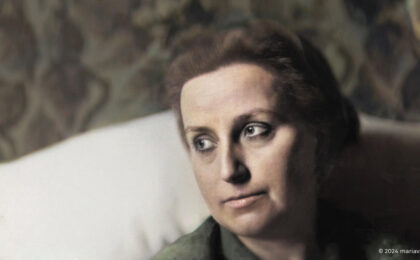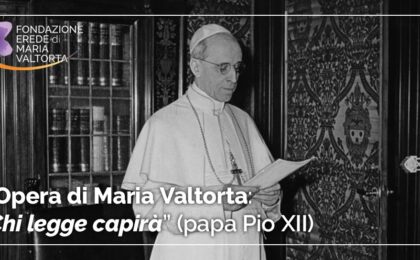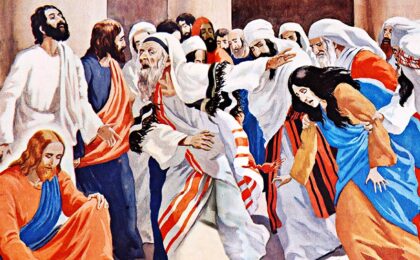The Work of Maria Valtorta has been defined by many a masterpiece of literature. For example, in his testimonial dated 1952, Nicola Pende, a worldly renown clinician, did not only appreciate the aspects of the work which might happen to interest a medical scientist, but also defined it “a true masterpiece of style, form and linguistic elegance.” In 1968 Fahter Gabriele M. Allegra, a Franciscan missionary who was the first translator of the Bible in Chinese Language and who was later proclaimed Blessed in 2012, wrote: “Natural and mystical gifts, harmoniously joined, explain this masterpiece of Italian religious literature and perhaps I should say, of world Christian literature.”
The second definition presents a very unique example of a literary masterpiece. Maria Valtorta has her own natural gifts as a writer. In addition to these, the mystical gifts belong to her contemplative soul. By offering herself totally, and by coupling her natural talents with the mystical gifts she received, Maria Valtorta accomplished the revelation of her Work for all of us.
The plot of the Work consists of visions which are followed at times by dictations with an educational function. What engages the writer’s natural talents are especially her visions, as she is capable of observing live scenes as if she were physically present in them and of reporting facts and words with detailed descriptions, overcoming her personal suffering caused by writing in the most challenging and excruciating physical conditions. The writer’s natural talents turned these visions into an exemplary style of literature, which would completely vanish if someone tried to express the Work by summarising it or by attempting to transform it into a script.
The monographic extracts taken from Maria Valtorta’s Work, edited by us and published by Centro Editoriale Valtortiano, are nothing but faithful reports as they came out of the writer’s own pen, of what was revealed to her about specific characters (Joseph of Nazareth, or Mary Magdalen for example) or specific themes (Jesus being tempted, or Jude’s mystery). These are essays which aim at encouraging someone to embark on reading the entire Work, which holds in itself the self-sacrifice of a gifted soul who offered herself voluntarily for love.
Emilio Pisani
translate by Barbara Lambelet










